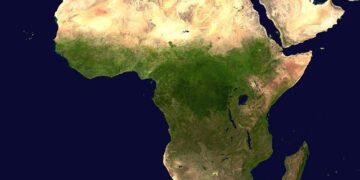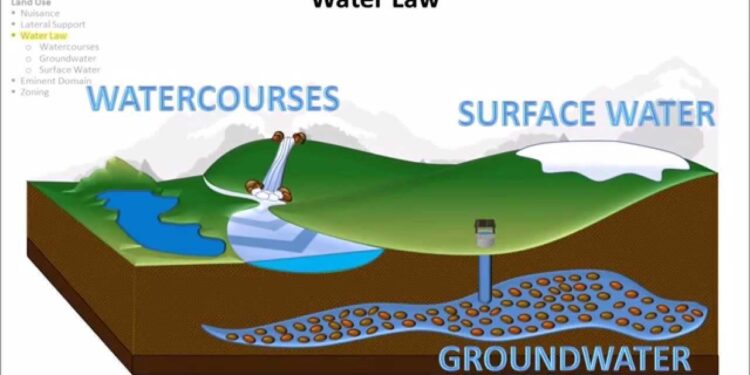In an unprecedented move aimed at preserving fragile ecosystems, regulatory authorities have imposed new restrictions on surface water usage in the Yakima River Basin. This decision, driven by mounting ecological concerns and dwindling water supplies, marks a significant shift in water management policies for the region. Farmers, communities, and environmental advocates alike are grappling with the implications of the restrictions, which underscore the growing challenges of balancing human demands with environmental sustainability in the face of climate change.
Ecology Imposes New Limits on Yakima River Surface Water Usage
The Washington State Department of Ecology has announced stringent restrictions on surface water withdrawals from the Yakima River Basin, an action described by local officials as unprecedented in scope. This decision comes amid ongoing concerns about historically low river flows exacerbated by drought conditions, threatening both agricultural operations and ecosystem stability. Farmers and municipalities reliant on these water sources now face mandatory cutbacks designed to prioritize critical ecological needs, particularly for endangered fish species struggling to survive during the summer months.
The imposed limits are detailed in a phased approach, aiming to balance human usage with environmental sustainability. Key components of the restrictions include:
- Reduced irrigation allocations for junior water rights holders during peak summer periods
- Enhanced monitoring and enforcement by Ecology to ensure compliance with the new rules
- Increased support for water banks and alternative water supply projects to offset losses
| Water Rights Category | Pre-Restriction Usage (cfs) | Allowed Usage Post-Restriction (cfs) |
|---|---|---|
| Senior Rights Holders | 500 | 450 |
| Junior Rights Holders | 350 | 150 |
| Municipalities | 200 | 180 |
Impact on Local Agriculture and Water Rights Holders Explained
Local farmers and water rights holders face significant challenges as the Ecology Department enforces newfound restrictions on surface water use within the Yakima River Basin. These limitations, aimed at addressing declining river flows and habitat concerns, disrupt traditional irrigation schedules vital for crops ranging from apples to hops. Stakeholders express worry over reduced water allocations during peak growing seasons, which may force them to prioritize high-value crops or invest in alternative water sources. The ripple effects threaten not only individual livelihoods but the broader agricultural economy that supports the region.
Key concerns among the community include:
- Reduced availability of surface water during drought periods
- Uncertainty around the longevity of existing water rights
- Potential financial strain from implementing water-saving technology
| Water Use Category | Pre-Restriction Allocation | Post-Restriction Allocation | Impact Level |
|---|---|---|---|
| Irrigation for Fruit Orchards | 10,000 acre-feet | 7,000 acre-feet | High |
| Livestock Watering | 2,500 acre-feet | 2,000 acre-feet | Moderate |
| Municipal Use | 4,000 acre-feet | 3,500 acre-feet | Low |
Experts Recommend Conservation Measures to Mitigate Water Shortages
In response to the escalating water crisis impacting the Yakima River Basin, environmental specialists are urging immediate adoption of targeted conservation strategies. These measures aim to alleviate pressure on already depleted surface water reserves and ensure sustainable usage throughout the summer months. Key recommendations include:
- Implementing advanced irrigation technologies such as drip and precision sprinkler systems to maximize water efficiency on agricultural lands.
- Encouraging crop diversification with a focus on drought-resistant and less water-intensive varieties.
- Enhancing groundwater recharge efforts through restored wetlands and managed aquifer recharge projects.
- Restricting non-essential water use in residential and commercial sectors during peak demand periods.
- Promoting community participation via public awareness campaigns and water-saving incentives.
Experts emphasize that timely coordination among irrigation districts, municipalities, and state agencies is vital to curb the water deficit. To detail the impact of these conservation measures, the following table outlines projected water savings over a six-month period based on current usage data and adoption rates:
| Conservation Measure | Estimated Water Saved (Acre-Feet) | Adoption Rate (%) |
|---|---|---|
| Advanced Irrigation Technologies | 12,000 | 35 |
| Crop Diversification | 8,500 | 40 |
| Groundwater Recharge | 5,000 | 25 |
| Non-Essential Water Restrictions | 7,200 | 50 |
In Retrospect
As the Yakima River Basin faces continuing ecological challenges, the newly implemented restrictions on surface water use mark a significant shift in resource management aimed at preserving the region’s fragile ecosystems. Stakeholders from farmers to environmental groups will be closely watching how these measures unfold, with the hope that balancing human needs and ecological sustainability can serve as a model for other water-stressed areas across the country. This unprecedented intervention underscores the growing urgency of adapting water policies in the face of environmental change.
































Why Labeling Politics as ‘Dirty’ Is a Dangerous Misstep That Harms Us All